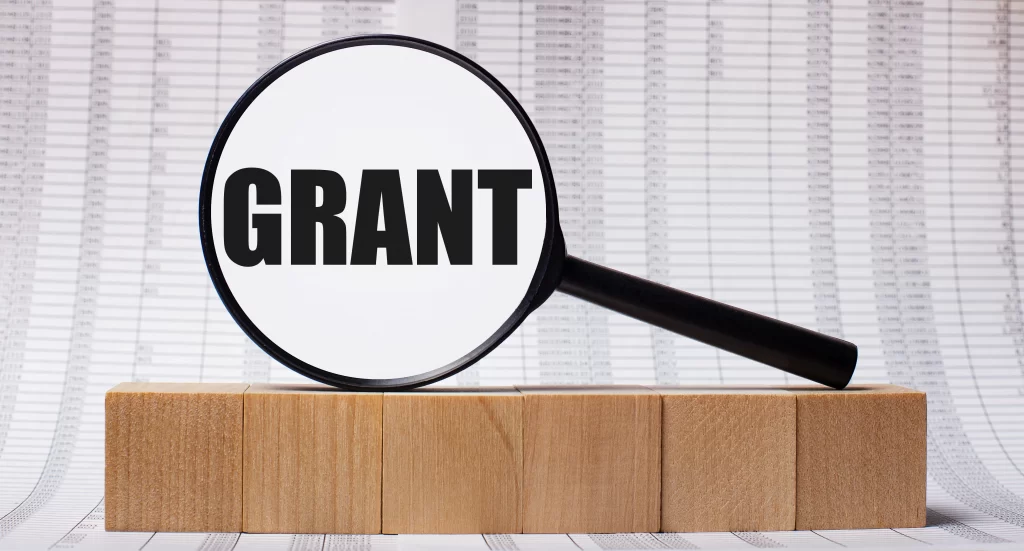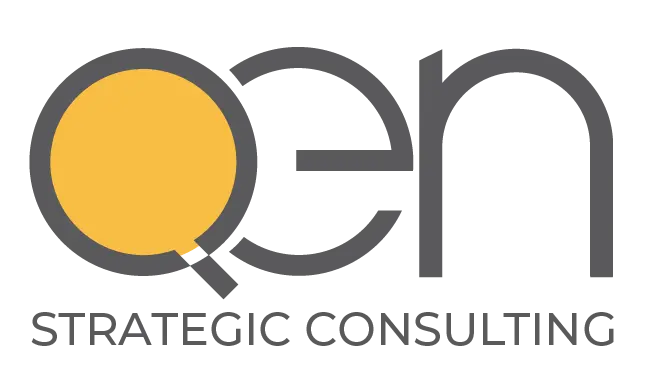
Creating Impactful Grant Applications: Strategies for Data & Storytelling
Crafting compelling grant applications is an art that goes beyond ticking boxes and meeting requirements. It’s about connecting with your audience on a deeper level – engaging both their rational minds and emotional cores. At Q.E.N. Strategic Consulting, we call this strategy Get into the Heads and Hearts, and it’s the foundation of our Grow Your G.R.A.N.T. methodology. Let’s look into why this approach is so powerful and how you can implement it in your own grant writing efforts.
Understanding the Dual Appeal
When you’re applying for a grant, it’s helpful to remember that the people reviewing your application are just that – people. They have both logical and emotional responses to the information you present. To make your application stand out, you need to appeal to both their heads and their hearts.
Appealing to the Head:
Use Data to Support Your Case:
Start by defining the problem your organization addresses. Use hard data and statistics to illustrate the scope and impact of this problem. Numbers don’t lie, and they provide a concrete foundation for your argument.
For example, if your nonprofit focuses on improving literacy rates, present data on literacy statistics in the regions you serve. Show the correlation between low literacy rates and other societal issues like unemployment or poverty.
Be Specific and Clear:
Avoid using vague statements. Instead, provide specific details about your program and how it directly addresses the problem. This clarity helps reviewers understand exactly what you’re proposing and why it’s necessary.
Think about it this way – instead of saying “We improve literacy rates in elementary school-aged children,” explain “Our program offers after-school tutoring sessions for children aged 6-12, focusing on reading comprehension and critical thinking skills, with measurable improvements seen in 80% of participants.” That offers a lot more details about what your organization is doing and why you should be funded, right?
Appealing to the Heart:
Share Personal Stories:
Stories create an emotional connection. Highlight the real-life impact of your work through personal anecdotes and testimonials. Let the voices of those you’ve helped resonate with the reader.
For example, imagine sharing a story of a child who, thanks to your tutoring program, went from struggling to read to becoming an enthusiastic reader and top of their class. That’s a compelling use case, don’t you think?
Paint a Vision of Success:
Help reviewers envision the future impact of their investment. Describe the positive changes that will occur if your organization receives the grant. Make it vivid and inspiring. Something like, “With this funding, we envision a community where every child has the opportunity to achieve literacy, opening doors to lifelong learning and success.”
Putting It All Together
Combining data and stories creates a compelling narrative that engages both the analytical and emotional sides of your audience. Here’s a step-by-step approach to incorporate this strategy into your grant writing:
- Define the Problem: Use data to hammer home the issue your organization addresses. Be specific and factual.
- Present Your Unique Solution: Explain what makes your approach unique. Use both data and stories to show how your solution works and the difference it makes.
- Highlight the Impact: Emphasize past successes with a blend of statistics and personal stories. Paint a picture of the future impact, using vivid and hopeful language.
- Be Authentic: Authenticity shines through in your writing. Be honest about your challenges and passionate about your mission.
Why It Matters
In my experience, this dual approach not only makes your grant applications more compelling but also builds trust with funders. They see you as an organization that not only understands the issues at hand but also genuinely cares about making a difference.
Over the years, I’ve seen firsthand how this strategy can transform grant applications from dry, factual documents into powerful narratives that inspire and motivate. Whether you’re a nonprofit seeking funding for community programs or a mission-driven business looking to scale, getting into the heads and hearts of your audience can make all the difference.
Ready to elevate your grant applications? Sign up for my next Grow Your G.R.A.N.T. 60-Day Workshop Series starting on September 16th!
Thank you for reading! If you found this article helpful, please share it with your network. Follow Q.E.N. Strategic Consulting for more insights on grant writing, digital marketing, and brand strategy.
#KeepQuinning #GrantWriting #MissionDriven #GetintotheHeadsandHearts #GrowYourGRANT
